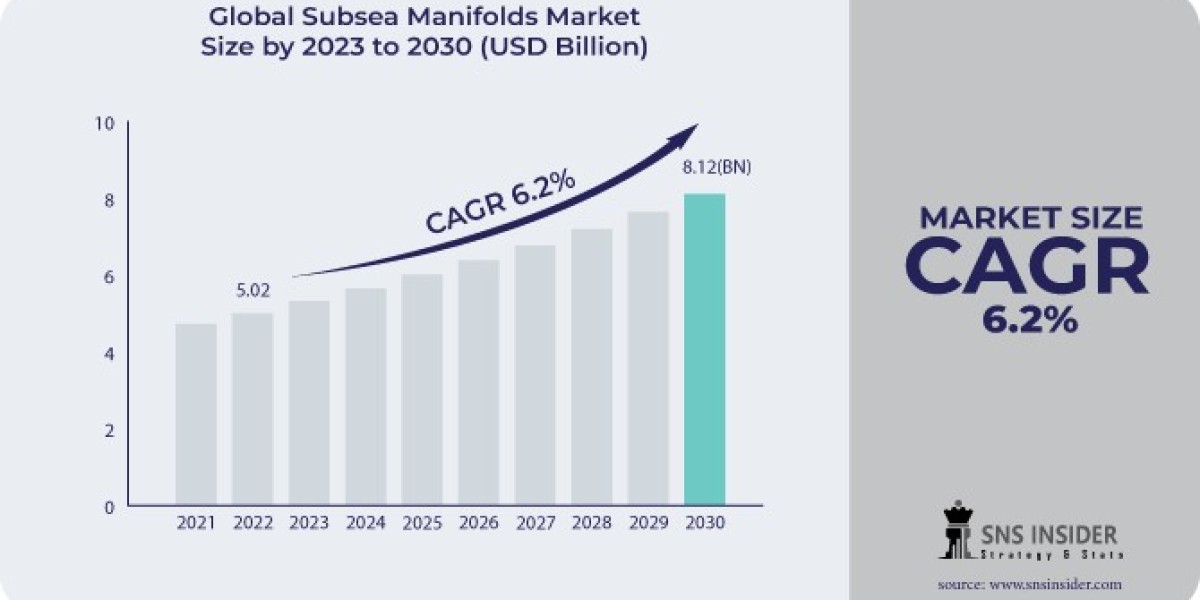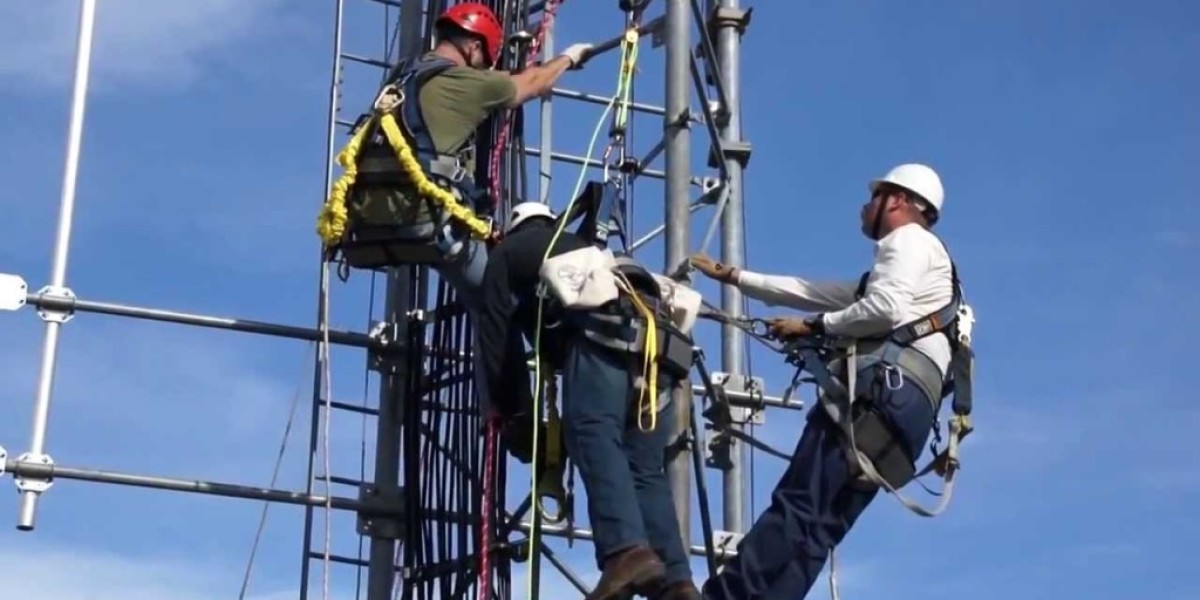Subsea manifolds have become indispensable in the development of offshore oil and gas fields, particularly in deepwater and ultra-deepwater environments. These systems facilitate the collection, distribution, and management of production fluids from multiple wells and streamline the overall subsea production infrastructure. Subsea manifolds are critical to enhancing field efficiency and reducing operational costs by optimizing the use of subsea space and minimizing the need for surface infrastructure.
The Design and Application of Subsea Manifolds
Subsea manifolds are complex systems engineered to perform a variety of critical functions in offshore oil and gas production. They act as hubs, where fluids from different wells converge and are then routed to surface facilities for processing. Typically located on the seabed, these manifolds can accommodate a range of well configurations and are designed to handle multiple production streams simultaneously.
One of the primary design considerations for subsea manifolds is their ability to withstand the harsh conditions of the ocean floor, including extreme pressures, temperatures, and corrosive environments. To ensure long-term reliability, manifolds are made from high-grade materials like duplex stainless steel and titanium alloys. Additionally, they are often equipped with flow meters, valves, and pressure regulators that allow operators to monitor and control production remotely.
Subsea manifolds come in different configurations depending on the requirements of the specific field. For instance, production manifolds are designed to gather oil and gas from various wells and direct them toward a processing platform. Injection manifolds, on the other hand, distribute water or gas into the reservoir to maintain pressure and enhance recovery.
The Subsea Manifolds Market size was valued at USD 5.36 billion in 2023 and is expected to grow to USD 9.07 billion by 2031 and grow at a CAGR of 6.4% over the forecast period of 2024-2031.
Role of Subsea Manifolds in Cost-Effective Field Development
One of the main reasons subsea manifolds have gained widespread adoption is their ability to reduce costs in offshore field development. By consolidating production and minimizing the number of pipelines required, manifolds offer significant savings in terms of materials, installation, and operational expenses. This is particularly advantageous for remote offshore locations, where logistics and maintenance can be extremely costly.
Another cost-saving feature of subsea manifolds is their scalability. As new wells are drilled or existing wells are reactivated, they can be easily tied back to the existing manifold infrastructure. This eliminates the need for costly expansions of surface platforms and riser systems, allowing operators to maximize production while keeping capital expenditures in check.
Additionally, subsea manifolds contribute to environmental sustainability by reducing the footprint of offshore operations. Fewer surface installations mean a lower risk of oil spills, and the ability to manage flow remotely decreases the likelihood of operational accidents. Furthermore, modern manifolds are equipped with technology that enables real-time monitoring of environmental conditions, ensuring that any changes in the subsea ecosystem are detected and addressed promptly.
Innovations and Future Trends in Subsea Manifolds
The subsea manifold industry is continuously evolving, with new technologies aimed at improving efficiency, safety, and performance. One emerging trend is the development of all-electric subsea manifolds, which replace traditional hydraulic systems with electric actuators. This shift allows for greater precision in flow control and reduces the need for hydraulic fluid, thereby lowering the environmental impact of subsea operations.
Another innovation gaining traction is the use of digital twins—virtual replicas of physical subsea manifolds that allow operators to simulate various operational scenarios. These digital models enable predictive maintenance and optimization of production, reducing the need for costly subsea interventions.
About Us:
SNS Insider is one of the leading market research and consulting agencies that dominates the market research industry globally. Our company's aim is to give clients the knowledge they require in order to function in changing circumstances. In order to give you current, accurate market data, consumer insights, and opinions so that you can make decisions with confidence, we employ a variety of techniques, including surveys, video talks, and focus groups around the world.
Contact Us:
Akash Anand – Head of Business Development & Strategy
Phone: +1-415-230-0044 (US) | +91-7798602273 (IND)



